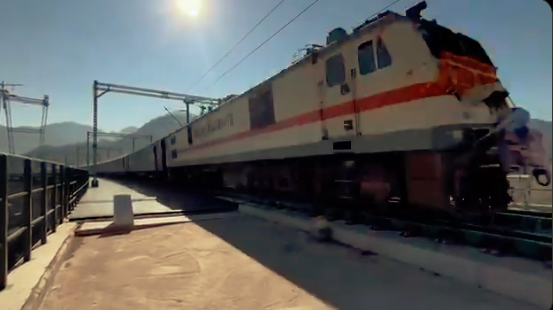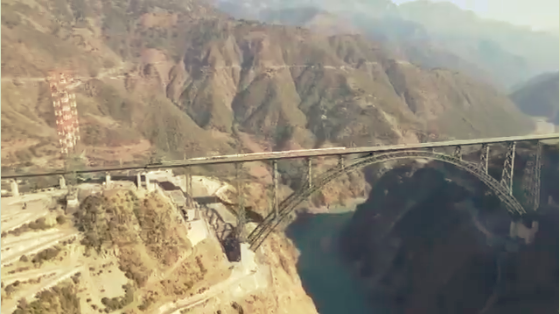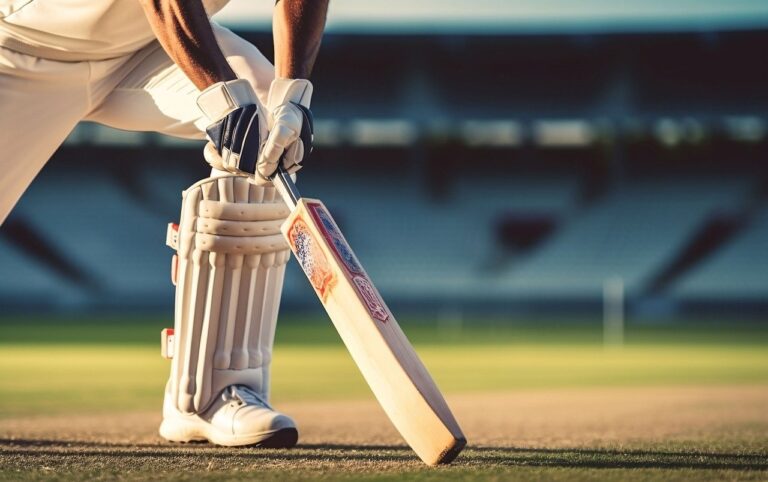
New Delhi: The Jammu-Srinagar Vande Bharat Express is expected to run “soon” between Katra and Srinagar. Its final inspection has commenced on the 111 km-long Katra-Banihal Section, which connects Jammu to Kashmir Valley.
Once the train starts operating, the travel time between Jammu and Srinagar will be reduced to three hours and ten minutes. However, while rail commuters can expect a “world-class” travel experience on this route only later this year as Jammu station is being redeveloped to equip it with 8 platforms and modern amenities, the train will “soon” start running between Katra and Srinagar.
The Vande Bharat Express running in Kashmir is different from the Vande Bharat Express running across the country. It is specially designed to operate smoothly in extreme cold conditions, as low as -20°C. To ensure comfort for passengers and drivers, the train is equipped with advanced heating systems. The driver’s cabin features a heated windshield to prevent it from fogging up or freezing, ensuring clear visibility in extreme temperatures. Further, the train has heating elements in the plumbing and bio-toilets to prevent water from freezing, ensuring that essential systems continue to function during cold weather.
The train is specially designed with anti-freezing features. The Snow removal train, moving ahead of passenger and freight trains will make sure that trains on this strategic route run all through the year, day and night. This will ensure all-weather connectivity between both regions. To give passengers a comfortable and safe travel experience, Railways has used Anti-Vibration seismic devices in the project as this region falls in zone-V earthquake vulnerability. These dampers will absorb the tremors in the Himalayan terrain and thus maintain faster and safer travel for the commuters.
The completion of the Banihal-Katra section has been an engineering marvel where tunnels constitute 97 km in length, and 4 main bridges cover 7 km of the distance.
Final stage CRS safety inspection of the USBRL Project commences for Katra-Banihal section. pic.twitter.com/tucxeLkIr3
— Ashwini Vaishnaw (@AshwiniVaishnaw) January 8, 2025
The toughest challenge in the project was to make the foundation support to the World’s highest arch bridge (359 metres) on the Chenab River. It was achieved by the rock bolting method using 30,000 tonnes of steel. The other main challenge was to build India’s first cable-stayed bridge on the Anji River. The two other bridges in the section are the Reasi and Bakkal bridges.
While executing the project, railway engineers innovated the technique of Himalayan tunnelling over the conventional tunnelling method to overcome safety concerns and give strength to the main as well as 67 km of escape tunnels. The tunnels have completely ballast-less tracks as is used on the metro tracks with no joints. The longest tunnel in this section of the Udhampur-Srinagar-Baramula Rail Link (USBRL) project is T50 which is 12.77 km long. Cameras are placed at every 50 metres in the tunnels to keep an eye on safety and operational data. These cameras are connected to a state-of-the-art central control room. Railways have also built 215 km of roads in the region to access the project sites, which is benefitting local people.
– global bihari bureau





